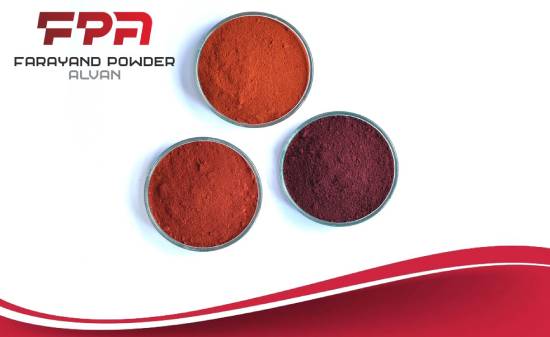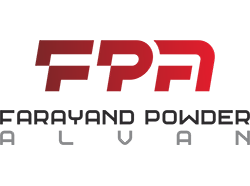Red iron oxide powder, commonly known for its vibrant red hue, is crucial in various industries, from paint pigments to magnetic recording media. This article delves into the intricate process of make red iron oxide powder, exploring different production methods, applications, safety considerations, and even providing insights into small-scale DIY production.
Understanding the Process for producing red iron oxide
Creating red iron oxide powder begins with sourcing high-quality raw materials. The mixing and preparation phase set the stage for the subsequent heating and oxidation processes, each contributing to the powder's final characteristics.

How to make red iron oxide powder in industry
Manufacturing red iron oxide powder, also known as rust, is a crucial process in the industry. The powder is primarily utilized as a pigment in many applications such as paints, ceramics, and construction materials. In this concise guide, we will take a closer look at the process of producing red iron oxide powder in an industrial setting.
Raw Material Selection
To make red iron oxide, one requires primary raw materials such as iron scraps, steel wool, or iron ore. Iron scraps are preferred due to their cost-effectiveness. These materials undergo chemical and thermal processes to obtain the desired red iron oxide pigment.
Oxidation Process
To start the process of preparing red iron oxides, iron is converted into iron oxide by inducing oxidation. This conversion is carried out by exposing iron to air and moisture, also known as the rusting process. However, this process is closely monitored and controlled in an industrial setting to ensure that the particle size and quality remain uniform.
Acid Treatment
Following the initial oxidation, the material is subjected to an acid treatment. Hydrochloric acid is commonly utilized to dissolve any unwanted components and impurities. This process aids in the creation of a more refined form of iron oxide. The acid treatment is closely monitored to avoid excessive corrosion and to maintain the desired pigment qualities.
Precipitation
The acid-treated solution is then subjected to a precipitation process. This involves the addition of a base, often sodium hydroxide, to the solution. This causes the iron oxide to precipitate as a solid. The resulting residue is then separated from the liquid through filtration.
Washing and Drying
The iron oxide residue is washed thoroughly to remove impurities or excess acid. Once passed, the material is dried to eliminate any moisture content. The drying process is crucial as it ensures the stability and longevity of the red iron oxide powder.
Grinding and Sizing
The dried iron oxide is subjected to grinding to achieve the desired particle size. The particle size is critical in determining the pigment's properties and application in various industries. The finely ground powder is then sieved to obtain a consistent size distribution.
Calcination
Calcination is a process that involves heating the iron oxide powder at high temperatures in a controlled environment, typically using rotary kilns. This step helps to refine the powder by enhancing its color intensity and altering its crystal structure, making it suitable for a wide range of applications.
If you want to get more information about natural red iron oxide, click here.

How to make red iron oxide powder in the DIY method
To produce red iron oxide using simple DIY methods, you can follow a straightforward chemical process that uses readily available materials. Begin by acquiring a source of iron, such as steel wool or iron filings that can be found at hardware stores. Next, dissolve the iron in a strong acid, like hydrochloric acid (HCl), to create a solution that will form iron chloride.
After that, carefully use a base, such as sodium hydroxide (NaOH), to neutralize the solution until the pH is close to 7. This step will lead to the formation of a reddish-brown precipitate, which is the iron oxide. Let the precipitate settle, and then filter and wash it thoroughly to remove any remaining impurities. Finally, dry the collected solid to obtain red iron oxide powder.
Remember that this DIY method involves using hazardous chemicals, and proper safety precautions such as wearing protective gear and working in a well-ventilated area should be taken. Furthermore, handling acids and bases requires careful attention and adherence to safety guidelines. This process provides a basic understanding of synthesizing red iron oxide, but it's crucial to exercise caution and responsibility when working with potentially dangerous substances.
To get information about what is natural red iron oxide, you can click on the link.
Conclusion
The process for producing red iron oxide can be done both industrially and manually. You need to know the instructions and check how to combine the ingredients. Of course, it is better to experience making red iron oxide in the laboratory so that the materials of a specific size are mixed.
With over 30 years of experience in producing various industrial micronized powders and an experienced team with extensive knowledge of pigments, Farayand Powder Alvan Co. has been a reputable supplier in various industries and is honored to provide technical consultation to customers for the best and most economical solutions.


